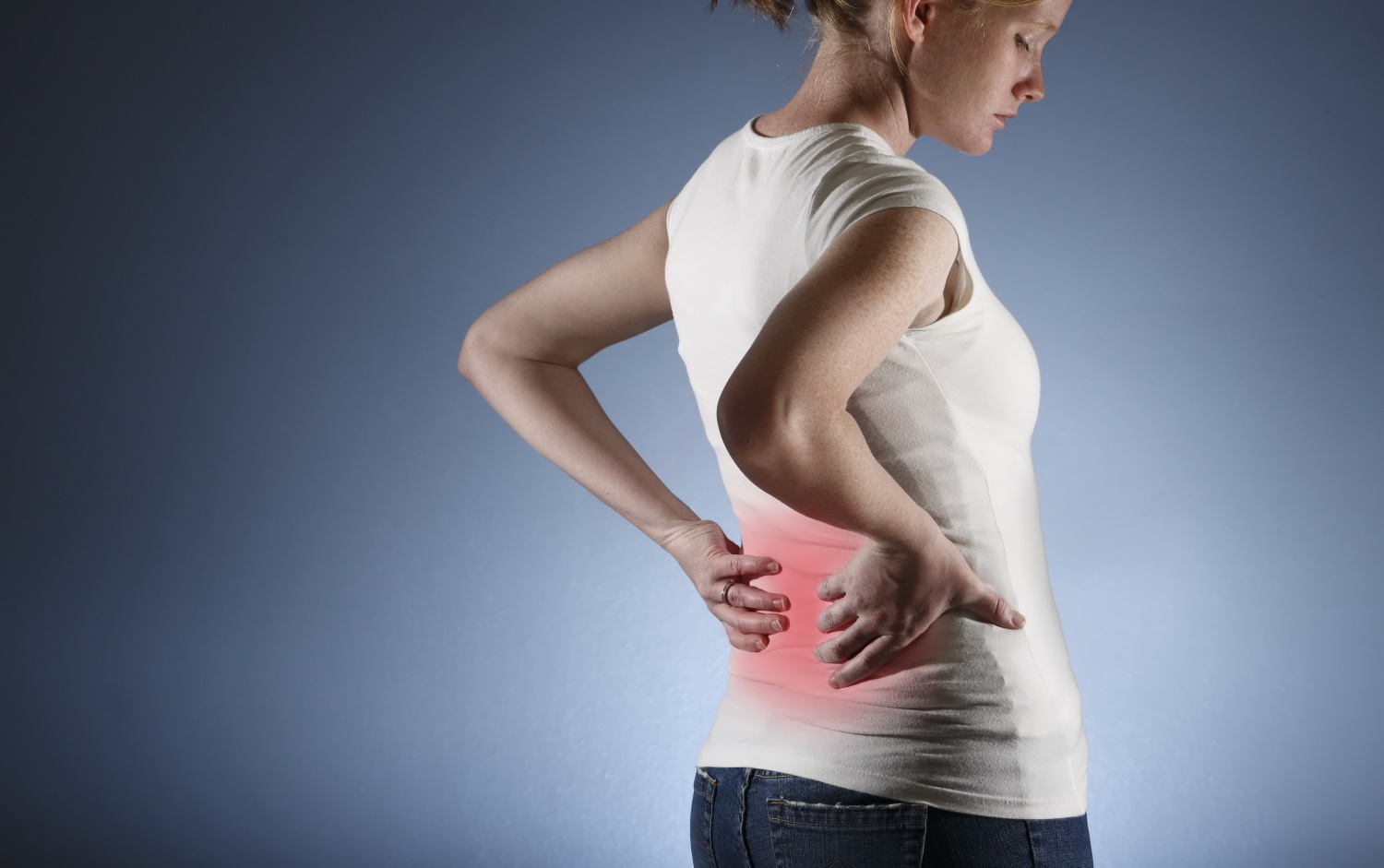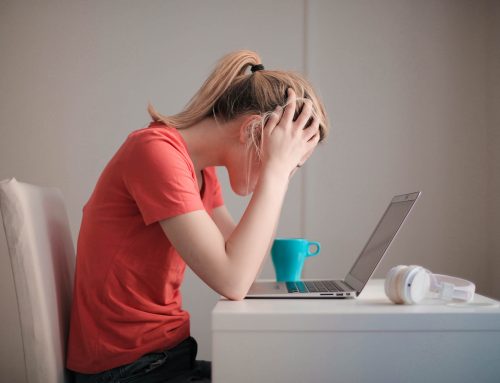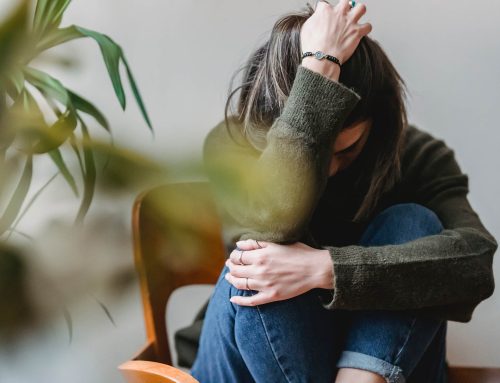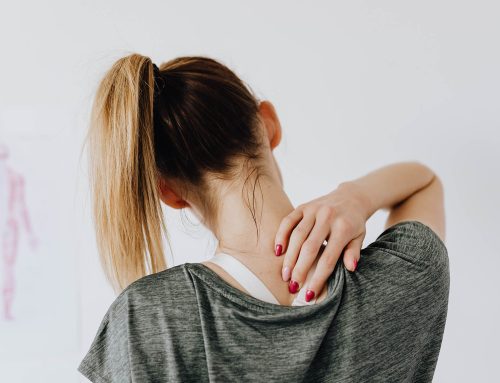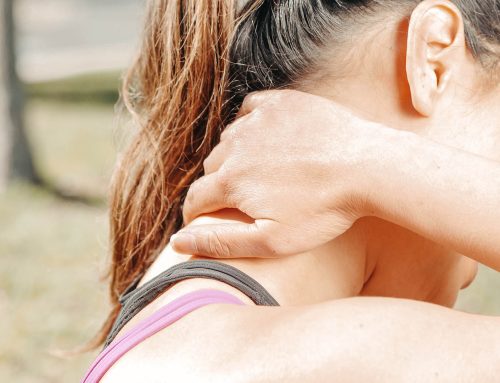If you’re experiencing lower back pain, you’re not alone. Lower back pain is a prevalent condition that affects many women, and it can have several potential causes. In fact, The Irish Society of Chartered Physiotherapists (ISCP) reports that lower back pain is a prevalent condition that affects up to 80% of adults at some point in their lives. It’s important to highlight that lower back pain is more prevalent among women compared to men.
While lower back pain can be uncomfortable and debilitating, there are several techniques that can alleviate the discomfort and help women get back to their daily routines. In this blog post, we’ll discuss common causes of lower back pain in women and how to alleviate them.
Pregnancy-related lower back pain
Pregnancy is a major cause of lower back pain in women. As the uterus expands, it shifts the centre of gravity forward, leading to an increased strain on the lower back muscles. In addition, the hormonal changes that occur during pregnancy can also loosen the ligaments and joints in the lower back, leading to instability and pain.
To alleviate pregnancy-related lower back pain, women can try prenatal exercises that focus on strengthening the core and pelvic muscles. Prenatal yoga and swimming are also great options for pregnant women, as they can help to improve posture, reduce muscle tension, and increase flexibility.
Here are some Do’s and Don’ts from the HSE:
Do:
- Think about your posture when you are sitting or moving
- Avoid standing for long periods of time
- Tuck your hands under your bump for support if you have to stand for long periods
- Keep the weight even between your two legs – avoid shifting your weight to the left and the right leg
- Wear comfortable, supportive, low-heeled shoes
- Sit with your bottom against the back of a chair and sit up tall – put a small cushion at your lower back if needed
- Get all the sleep you can – this can help reduce pain
- Stay active with gentle exercises and stretching
Don’t:
- Do not lift heavy objects – if you need to lift anything, bend your knees and keep a straight back
Poor Posture:
Another common cause of lower back pain in women is poor posture. Many women spend long hours sitting at a desk or in front of a computer, which can lead to poor posture and strain on the lower back. According to ISCP (askthephysio.ie) “Poor posture places extra stress on the spine, leading to muscle fatigue, joint inflammation, and eventually, back pain.”
To improve your posture, we recommend downloading the ISCP’s ‘Working Well in the Office‘ resource. This resource offers a range of tips and tricks to help you maintain good posture, including exercises to stretch and strengthen your muscles and adjustments to your workstation setup that will make. By performing targeted stretches and exercises, you can help to loosen tight muscles, reduce stiffness, and improve flexibility. Additionally, making changes to your workstation setup, such as adjusting the height of your chair or desk, can help to improve your posture and reduce strain on your back muscles. These simple adjustments can make a world of difference when it comes to managing lower back pain.
Menstrual cramps
Many women experience lower back pain during their menstrual cycle, which can range from mild to severe. The pain can be constant or intermittent and may vary in intensity throughout the menstrual cycle. In some cases, menstrual cramps may cause referred pain in the lower back, meaning that the discomfort is felt in an area away from the original source.
There are several ways to alleviate menstrual cramps and lower back pain, including over-the-counter pain relief medication, heat therapy, and gentle exercise. Some women find that yoga, stretching, or gentle massage can be beneficial for reducing pain and promoting relaxation.
If you’re experiencing regular lower back pain during your menstrual cycle, it’s crucial to speak to a qualified physiotherapist who can assess your condition and recommend appropriate treatment options. At Portobello Physio, we offer a range of women’s health physiotherapy services designed to help alleviate lower back pain and other conditions associated with menstrual cramps. Contact us today to book an appointment and take the first step towards a pain-free life.
Osteoporosis
Osteoporosis is a common condition that affects many women as they age. It’s a condition where the bones become weak and brittle, making them more prone to fractures and pain. Women are more likely to develop osteoporosis than men, and it can lead to lower back pain if the vertebrae in the spine become compressed or fractured.
The loss of bone density associated with osteoporosis can cause the vertebrae in the spine to become thinner and weaker, increasing the risk of fractures. These fractures can cause significant pain and discomfort, especially in the lower back area. In some cases, osteoporosis can also cause a stooped posture, leading to additional strain on the lower back muscles.
If you have been diagnosed with osteoporosis and are experiencing lower back pain, there are several exercises and treatments that can help. Exercises that focus on improving posture and strengthening the back muscles can be especially beneficial. Weight-bearing exercises such as walking, jogging, and resistance training can also help to improve bone density and reduce the risk of fractures.
In addition to exercise, there are several other ways to manage lower back pain caused by osteoporosis. These include taking medication to strengthen bones and reduce pain, using heat or cold therapy, and making changes to your daily routine to reduce stress on the back.
For more resources on osteoporosis head to: https://askthephysio.ie/resources/what-is-osteoporosis/
At Portobello Physio, we offer a range of women’s health physiotherapy services designed to help alleviate lower back pain caused by osteoporosis. Our experienced physiotherapists can develop a customised treatment plan to address your specific needs and improve your quality of life.
So, how can physiotherapy help alleviate lower back pain in women?
There are several techniques and treatments that a physiotherapist may use, depending on the underlying cause of the pain. These may include:
- Manual therapy: This involves hands-on techniques, such as massage, stretching, and mobilization, to help reduce pain and stiffness.
- Exercise therapy: A physiotherapist can develop an exercise program that is tailored to your specific needs and goals. Exercise can help improve strength, flexibility, and posture, all of which can help alleviate lower back pain.
- Postural education: A physiotherapist can provide advice and guidance on proper posture and ergonomics to help prevent future episodes of lower back pain.
- Pelvic floor rehabilitation: For women who are experiencing lower back pain as a result of pelvic floor dysfunction, such as pelvic organ prolapse or urinary incontinence, pelvic floor rehabilitation can be an effective treatment option.
- Education and self-management: A physiotherapist can provide education and resources on how to manage and prevent lower back pain at home, such as through stretching, exercise, and lifestyle modifications.
At Portobello Physio, we specialise in women’s health physiotherapy and are dedicated to helping women alleviate their lower back pain and improve their overall health and wellness. We work closely with the ISCP and other healthcare professionals to provide the most up-to-date and effective treatments for our patients. If you’re experiencing lower back pain, don’t hesitate to contact us and schedule an appointment.


